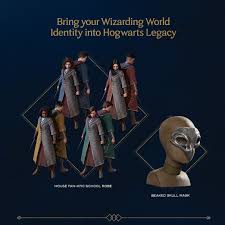NASA makes 'emergency' decision over asteroid the size of Big Ben ...

12 February 2025, 14:01 | Updated: 12 February 2025, 14:02

By Alice Padgett
NASA has had to make an 'emergency' decision as they predict an asteroid the size go Big Ben has a one-in-43 chance of hitting Earth.
Loading audio...
Astronomers at NASA have identified an asteroid, named 2024 YR4, which currently has a one-in-43 (2.3%) chance of hitting Earth in 2032.
An international team are using the James Webb Space Telescope to determine the damage it could do.
It is believed that the asteroid could be 90m (300ft) wide - the size of Big Ben.
The Tunguska asteroid, hitting Siberia in 1908, was also similar size and destroyed 830 square miles of forest.
2024 YR4 was first discovered in December 2024 by the Asteroid Terrestial-impact Last Alert System station in Chile, funded by NASA.
Back then, it had a 1.3% probability of hitting earth but it was still the top of NASA's risk list.
It is estimated that the asteroid could flatten structures for up to two miles in any direction from the impact size.
Read more: Celebrity chef Margarita Fores 'found dead in Hong Kong hotel room' aged 65
Read more: Elon Musk’s son X steals show in the Oval Office with Trump - but his mother Grimes is furious
It is believed that size estimates could be incorrect.
Determining the size of the asteroid involves looking at it through a powerful telescope, and figuring out the size through the brightness of the light reflected from its surface.
A spokesperson from the European Space Agency said, to the Daily Mail: "Astronomers around the world are using powerful telescopes to measure the asteroid’s orbit as accurately as possible. But knowing its orbit will only tell us the asteroid could impact Earth, not how significant an impact could be.
"It is very important that we improve our size estimate for 2024 YR4: the hazard represented by a 40 m asteroid is very different from that of a 90 m asteroid," ESA added."
The James Webb Space Telescope will solve this problem, as it uses infrared sensors to look at the heat radiating off the asteroid - giving them a more accurate estimate of size.


 United Kingdom
United Kingdom Argentina
Argentina  Australia
Australia  Austria
Austria  Brazil
Brazil  Canada
Canada  Germany
Germany  Ireland
Ireland  Italy
Italy  Malaysia
Malaysia  Mexico
Mexico  New Zealand
New Zealand  Poland
Poland  South Africa
South Africa  United States
United States 




























